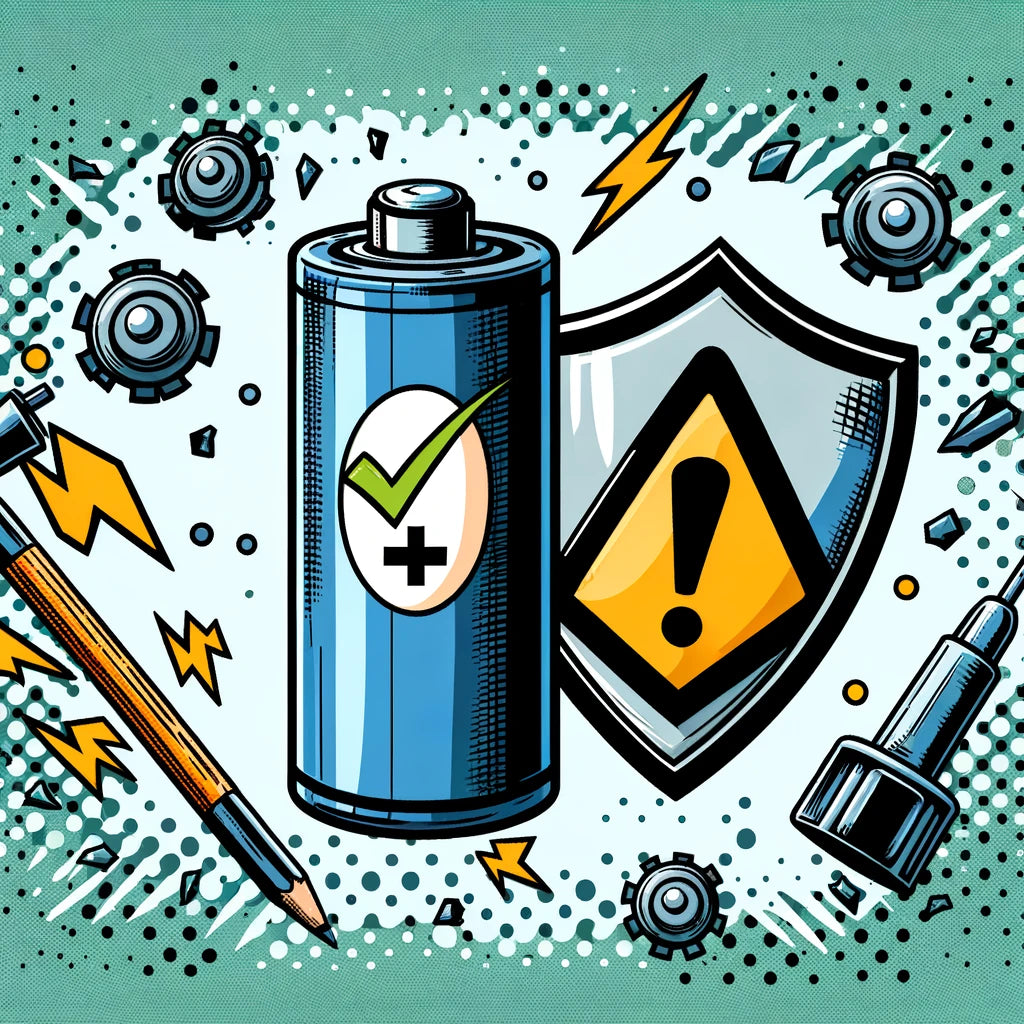What Is Load Shedding: Causes, Effects, and Solutions(A general view).
In today's fast-paced world, electricity is a fundamental necessity that powers our daily lives. However, in many parts of the world, especially in South Africa, the term "load shedding" has become all too familiar. In this blog post, we'll explore what load shedding is, its causes, its effects on communities, and potential solutions.
What Is Load Shedding?
Load shedding, also known as rolling blackouts, is a controlled and temporary interruption of electricity supply to certain areas within a region. It is a measure typically implemented by local electricity providers to prevent the entire power grid from collapsing due to excessive demand exceeding supply capacity.
For instance, in Kempton Park, South Africa, we have different "Blocks" that are scheduled to have no electricity at designated times.
Causes of Load Shedding
Load shedding occurs due to several factors:
-
Insufficient Power Generation: The most common cause of load shedding is an inadequate supply of electricity to meet the growing demand. This can result from underinvestment in power generation infrastructure, fuel shortages, or natural disasters affecting power plants.
-
Aging Infrastructure: Aging power grids and infrastructure can struggle to handle the increasing electricity demands of modern society. This can lead to breakdowns and the need for load shedding to prevent further damage.
-
Overloading the Grid: During peak usage times, such as hot summer days when air conditioners are running at full blast, the power grid can become overloaded. Load shedding is used to prevent grid failure in such situations, even in winter when everyone turns on electronics for heating.
Effects of Load Shedding
Load shedding has significant consequences:
-
Disruption of Daily Life: Load shedding disrupts daily routines, causing inconvenience and discomfort for households. It can lead to productivity loss and a reduced quality of life.
-
Economic Consequences: Businesses, especially those reliant on continuous power supply, suffer financial losses due to interrupted operations. Industries may struggle to meet production targets, affecting the economy as a whole. Some businesses in South Africa are barely scraping by due to this scheduled halt in business activity.
-
Health and Safety Concerns: Load shedding can jeopardize public safety by affecting emergency services, medical facilities, and essential infrastructure like traffic lights.
Solutions to Mitigate Load Shedding in South Africa
To address load shedding, consider these solutions:
-
Invest in Infrastructure: Governments and energy providers should prioritize investment in modernizing and expanding power generation and distribution systems.
-
Energy Conservation: Encourage energy-saving practices among South Africans, such as using energy-efficient appliances and reducing unnecessary power consumption during peak hours.
-
Diversify Energy Sources: Promote the use of renewable energy sources like solar and wind power to reduce dependence on fossil fuels and increase energy stability. Solar energy, in particular, has seen significant growth in recent years.
-
Demand Management: Implement smart grids and demand-side management systems to better distribute electricity and reduce peak demand.
In Conclusion
Load shedding is a complex issue with far-reaching effects on our society. By addressing its root causes and implementing sustainable solutions, we can work towards a future where dependable electricity supply is a reality for all.
At B|Shocked Electrical, we are committed to educating and informing you about energy-related matters. Stay tuned to our blog for more insightful articles and tutorials on solar energy and related topics. If you have any questions or would like to share your thoughts, please leave a comment below. Together, we can find solutions to ensure a brighter and more electrified future.



